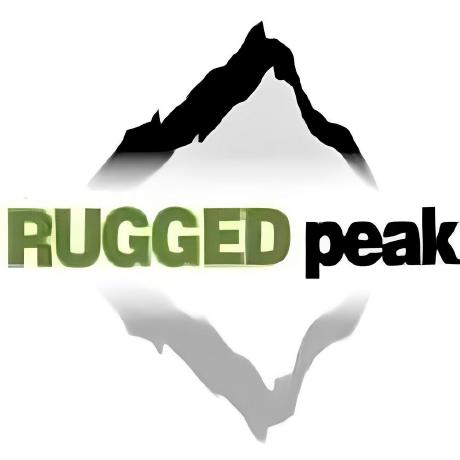As 2024 comes to a close, the development of Retrieval-Augmented Generation (RAG) has been nothing short of turbulent. Let's take a comprehensive look back at the year's progress from various perspectives.
4 posts tagged with "GraphRAG"
View All TagsA deep dive into RAGFlow v0.15.0
The final release of RAGFlow for the year of 2024, v0.15.0, has just been released, bringing the following key updates:
Agent Improvements
This version introduces several enhancements to the Agent, including additional APIs, step-run debugging, and import/export capabilities. Since v0.13.0, RAGFlow's Agent has been restructured to improve usability. The step-run debugging feature finalizes this process, enabling operators in the Agent workflow to be executed individually, thereby assisting users in debugging based on output information.
What Infrastructure Capabilities does RAG Need beyond Hybrid Search
Infinity is a database specifically designed for Retrieval-Augmented Generation (RAG), excelling in both functionality and performance. It provides high-performance capabilities for dense and sparse vector searches, as well as full-text searches, along with efficient range filtering for these data types. Additionally, it features tensor-based reranking, enabling the implementation of powerful multi-modal RAG and integrating ranking capabilities comparable to Cross Encoders.
How Our GraphRAG Reveals the Hidden Relationships of Jon Snow and the Mother of Dragons
RAGFlow v0.9 introduces support for GraphRAG, which has recently been open-sourced by Microsoft, allegedly the next generation of Retrieval-Augmented Generation (RAG). Within the RAGFlow framework, we have a more comprehensive definition of RAG 2.0. This proposed end-to-end system is search-centric and consists of four stages. The last two stages—indexing and retrieval—primarily require a dedicated database, while the first two stages are defined as follows:
